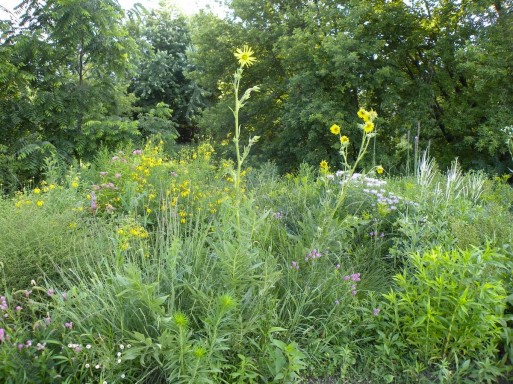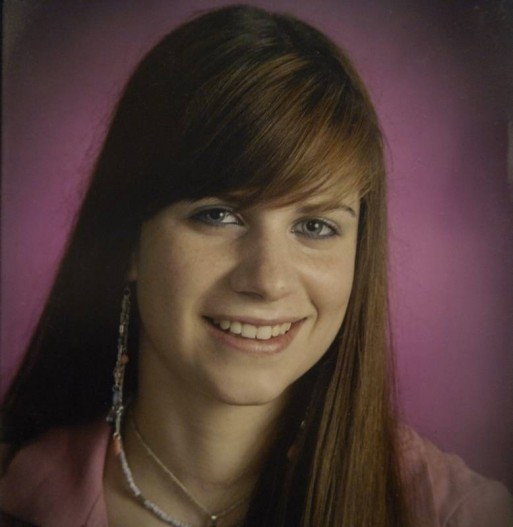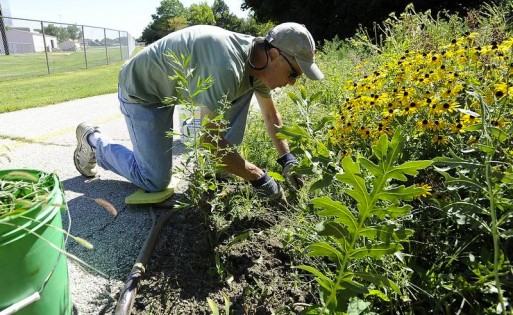
Emily’s Prairie
(Credit: dailyherald.com)
Lush prairie grasses sway in the breeze and the golden crowns of black-eyed Susans turn towards the summer sun. Emily’s Prairie runs along Salt Creek, behind the Rolling Meadows High School in the suburban town of Arlington Heights, Illinois. Once this land was a muddle of invasive plants while Emily was a bright-eyed eighteen-year-old. Though Emily has been dead for nine years now, her prairie is flourishing with native flora, giving life to the land and all the wildlife that depends on it.

Emily Jackson
(Credit: dailyherald.com)
Emily Jackson had graduated from the Rolling Meadows High School in 2006. That summer, while she stayed at a cousin’s house after attending a relative’s funeral, she consumed prescription medicine intended for her uncle. Emily died in her sleep from just one OxyContin pill, leaving her bereaved parents, Pete and Ellen Jackson, struggling to reduce deaths from prescription pain medication by forming a group: Advocates for the Reform of Prescription Opioid.
Five years later, Pete Jackson was walking along Salt Creek with the co-chair of the Rolling Meadows Environmental Committee while looking for Earth Day projects in the area. They found it right under their feet: a bleak land overgrown with cutleaf teasel, a prolific non-native species that proliferates the northern states. Pete had an idea to create a memorial for his late daughter by bringing the quarter-mile weed patch to its natural prairie state. Pete took on the restoration project, while the Rolling Meadows Environmental Committee and the City Hall embraced his request of naming it Emily’s Prairie.
I hope that it can be something that other people who might have lost someone, who are hurting, they can come to this place once in a while and see what’s blooming, and it’ll be therapeutic. — Pete Jackson

Pete Jackson
(Credit: dailyherald.com)
Sometimes Pete worked with a group of volunteers and sometimes he came alone, spending hours after work on his knees weeding, planting and nursing the land that was declared “biologically dead” by the Rolling Meadows Environmental Committee. All the while he thought about his daughter and felt as if Emily and he were a team again, bringing the prairie back to life. “I hope that it can be something that other people who might have lost someone, who are hurting, they can come to this place once in a while and see what’s blooming, and it’ll be therapeutic,” Jackson told The Daily Herald. Jackson also hopes that Emily’s Prairie will educate students about the land they live on and encourage similar projects.
As people hike or bike along the creek, they are reminded of a young girl who loved the blooming flowers of the grasslands. Pete sees his daughter — taken away from him so early in her life — living through the thriving prairie. For the grieving father, the cemetery is a place of sadness, but “the prairie is a positive place.”

 A Prairie for Emily
A Prairie for Emily




 The Healing Sound of Singing Bowls
The Healing Sound of Singing Bowls














